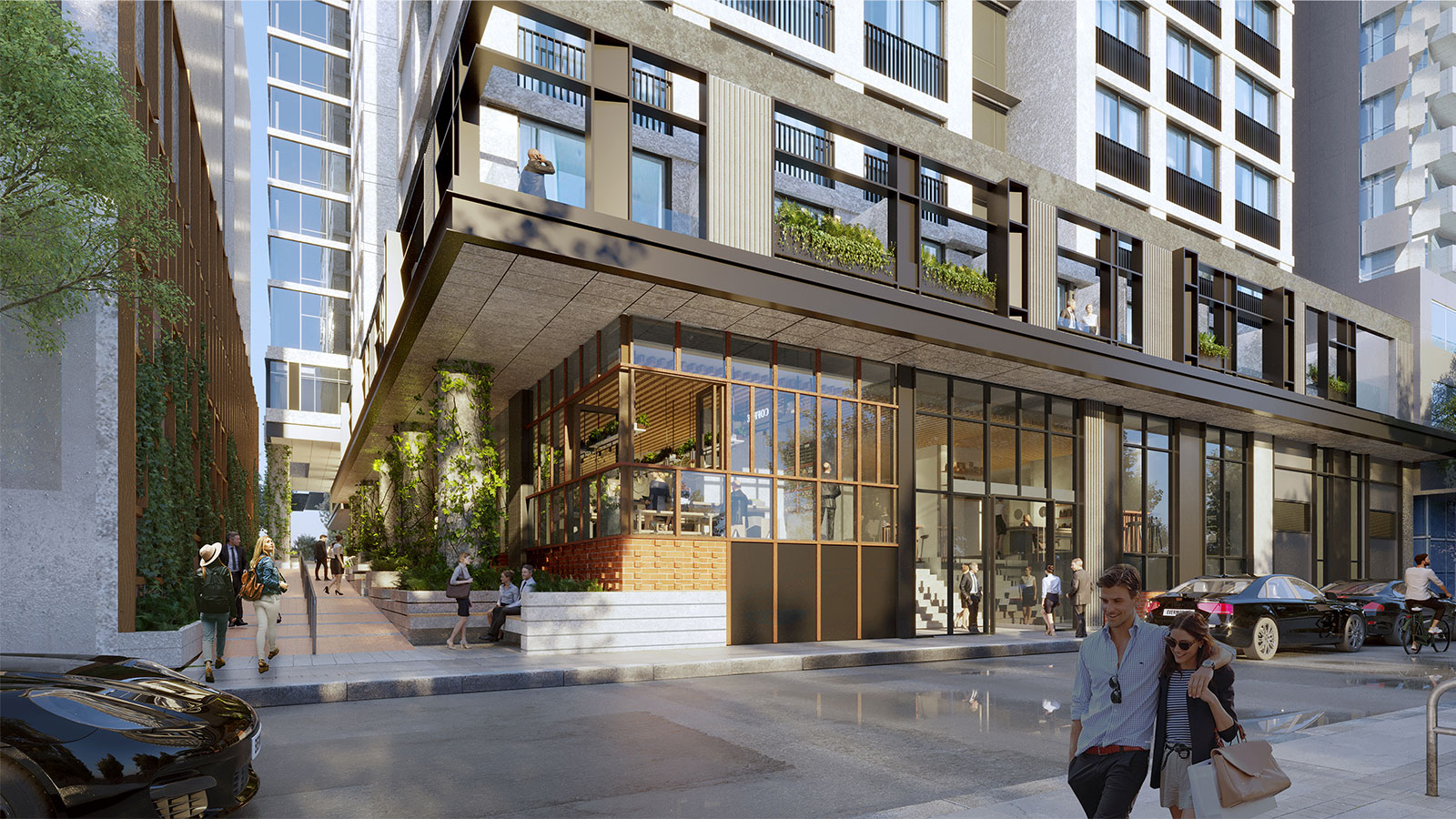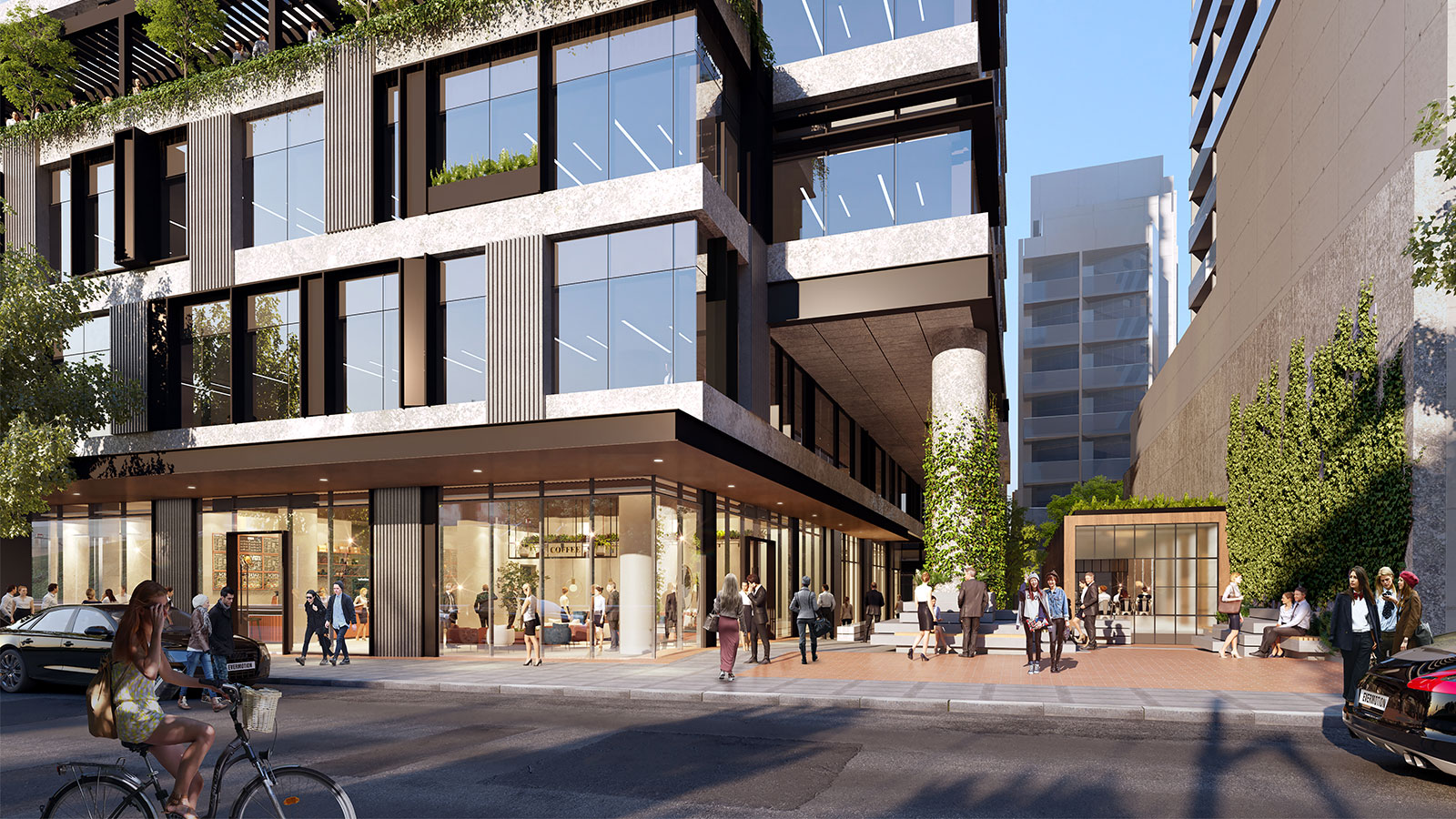US property giant Greystar has been given the green light to build a $500-million, dual tower build-to-rent project on a “super site” in Melbourne’s affluent suburb of South Yarra.
Greystar, whose parent company is the biggest operator of apartments in the US, bought the two adjoining sites on Yarra and Claremont streets in separate off-market deals from private Chinese investor and property developer Larry Kestelman in December 2019.
Soon after, the developer put forward plans for two towers of 30 storeys and 21 storeys, and housing 625 build-to-rent apartments; 382 in the taller tower on Yarra Street and 243 apartments in the tower on Claremont Street.
Greystar managing director in Australia Chris Key told The Urban Developer the company’s global footprint and ability to tap into detailed customer insights had allowed it to approach the Australian market with confidence.
“We operate more than 2600 rental communities in markets that span the globe and have had the experience of moving into, and growing with, markets where the build-to-rent sector is only in its earliest stages of evolution,” Key said.

“[Our existing assets] enable us to generate a significant depth of customer insights so we can understand what different customer segments are looking for as a product experience, as well as to identify new emerging trends.
“Combined with our specialist organisational experience in the sector that spans nearly three decades, leading product development and technology within our business and the support of our capital partners, we have great confidence.”
The South Yarra development is one of two seed projects in the Greystar Australia Multifamily Venture 1 fund, which has ambitions to house 5000 or more dwellings.
The project, as well as others in Greystar’s pipeline, is backed by Dutch pension giant APG, one of the biggest real estate investors in the world; Canada’s Ivanhoé Cambridge, and Ilmarinen, Finland’s largest pension fund.
The fund has another development site in South Melbourne after Greystar bought it from Singaporean developer Chip Eng Seng for $65 million late last year.
The nascent build-to-rent sector is evolving quickly with a pipeline of 68,000 apartments in construction approved, in planning or being completed this year.
Canada’s Oxford Properties is pursuing the first build-to-rent project in Sydney’s CBD, adding a Melbourne project to its portfolio in December.
Tim Gurner has partnered with Qualitas to launch a $1 billion development fund while Mirvac, an early mover, has delivered the company’s first build-to-rent asset, LIV Indigo, in Sydney’s Homebush which is now 80 per cent leased and renting at a premium.
US private equity firm Blackstone also has two projects in the works while Sentinel Real Estate Corporation has found success at its Element 27 build-to-rent development in Subiaco, Perth, and is underway at its second site which will deliver 200-plus apartments.

The sector has been boosted last year by changes to land tax treatment announced by NSW and then by Victoria in its last budget.
Those tax breaks will improve the returns from build-to-rent projects, which analysts estimate could add 5 per cent to income, an uplift that represents a yield on cost of about 5 per cent for projects.
Developers have also been quick to identify shifting trends with a third of Australians now deciding to rent rather than servicing mortgages, choosing instead to spend more money on their lifestyles or on alternative forms of investment.
Increasing strains on housing affordability due to surging house prices has also driven many to consider rental accommodation.
While some policy hurdles have tempered foreign investment in the sector, including the federal government’s decision to exclude build-to-rent housing from the lower level of withholding tax levied on other forms of commercial property, Key said things were now heading in the right direction.
“We maintain our conviction on the growth of the sector and with the right policy settings there is a genuine opportunity to accelerate housing supply, create jobs and stimulate growth as we look to navigate our way out of the pandemic,” Key said.
“We are heading in the right direction but I often think the momentum is overstated, there is still a lot that needs to be done to unlock the full potential of the asset class at a national level.”
Key said he welcomed the NSW government’s decision earlier this year to cut costs but said land values remained much higher in NSW, around double or triple the price on a per unit basis when compared to Victoria.
“In NSW it is still extraordinarily hard to make the economics work, despite the great efforts of the government to encourage the sector,” Key said.
“Victoria is a little easier but by no means easy, and we are still working hard to find viable opportunities in the other states.
“Federally, we all know there is a significant impediment around the MIT treatment for which the government doesn’t appear to have any appetite to change.
“So while steps are being made in the right direction there is still a long way to go.”














